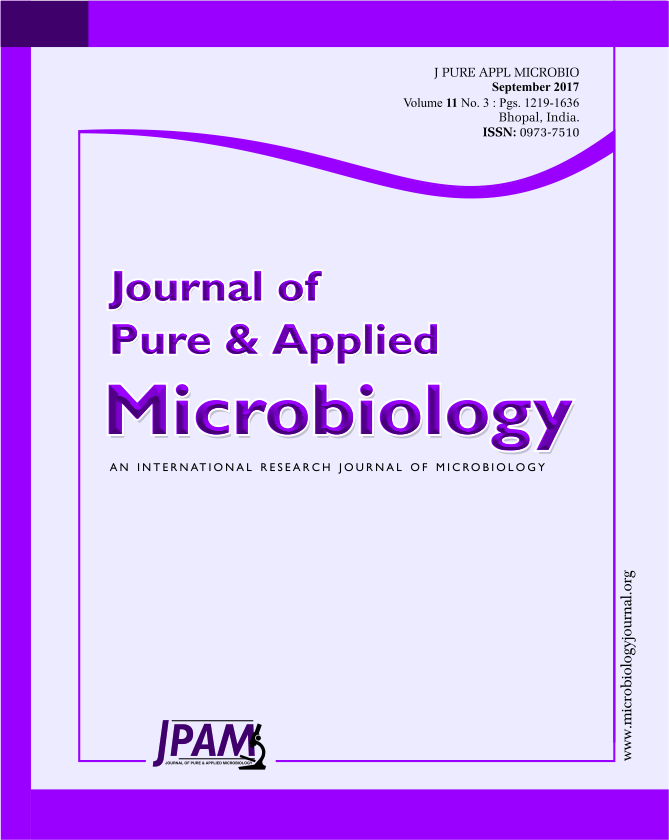Safflower leaf spot / blight caused by Alternaria carthami (Chowdhury) is serious diseases in India. Considering the economic importance and seriousness of the disease, the present cost effective management practices against the test pathogen present in vitro studies were conducted during 2012-13. All the experiments were planned with CRD and all the treatments replicated thrice. A total six systemic fungicides @ 500, 1000 and 1500 ppm concentration and seven non-systemic / combi fungicides @ 1000, 2000 and 2500 ppm concentrations was evaluated in vitro against A. carthami, applying Poisoned food technique (Nene and Thapliyal, 1993). Results of the present studies revealed that systemic fungicides most effective than non-systemic against the test pathogen. Among systemic fungicides, average cent per cent inhibition of mycelial growth was observed in Hexaconazole (100%), followed by Propiconazole (94.07 %) and Penconazole (94.75%); Among non-systemic and combi- fungicides, significantly highest average mycelial growth inhibition was observed in Carbendazim 12 WP + Mancozeb 63 WP (85.80%), followed by Mancozeb (82.59%) and Copper-oxychloride (76.65%). Among bioagents tested T. viride recorded significantly highest mycelial growth inhibition (87.04%) of the test pathogen, followed by T. harzianum (82.59%) and T. koningii (78.89%). Among botanicals A. sativum was found most fungistatic and recorded significantly highest average mycelial growth inhibition 88.33%, followed by A. indica (78.58%), O. sanctum (73.83%) and E. globulus (66.05%).
Alternaria carthami, safflower, fungicides, bioagents, botanicals, mycelial inhibition.
© The Author(s) 2017. Open Access. This article is distributed under the terms of the Creative Commons Attribution 4.0 International License which permits unrestricted use, sharing, distribution, and reproduction in any medium, provided you give appropriate credit to the original author(s) and the source, provide a link to the Creative Commons license, and indicate if changes were made.


